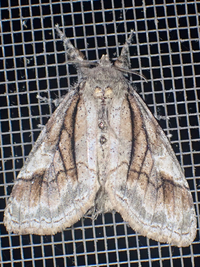
| Recorded by: Jim Petranka, Becky Elkin, Marilyn Westphal, Nora Murdock on 2025-08-25
Rutherford Co.
Comment: | 
| Recorded by: Jim Petranka, Marilyn Westphal and Becky Elkin. on 2025-08-17
Henderson Co.
Comment: |

| Recorded by: Jim Petranka, Marilyn Westphal and Becky Elkin on 2025-08-17
Henderson Co.
Comment: | 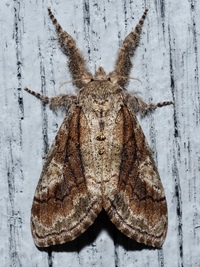
| Recorded by: Merrill Lynch on 2025-08-13
Watauga Co.
Comment: |
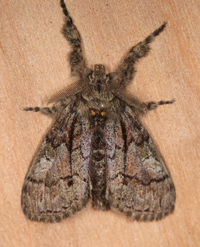
| Recorded by: Jim Petranka and Becky Elkin on 2025-07-26
Madison Co.
Comment: | 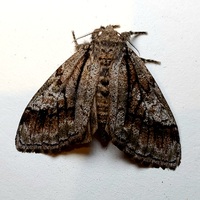
| Recorded by: Mark Basinger on 2025-06-27
Buncombe Co.
Comment: |
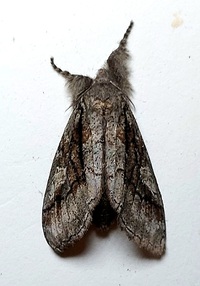
| Recorded by: Mark Basinger on 2025-06-25
Buncombe Co.
Comment: | 
| Recorded by: Jim Petranka, Mark Basinger and Becky Elkin on 2025-06-25
Mitchell Co.
Comment: |
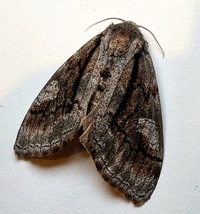
| Recorded by: Mark Basinger on 2025-06-24
Buncombe Co.
Comment: | 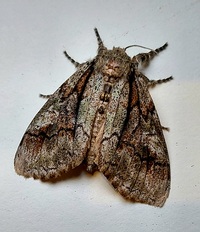
| Recorded by: Mark Basinger on 2025-06-23
Buncombe Co.
Comment: |

| Recorded by: Jim Petranka and Becky Elkin on 2024-09-04
Madison Co.
Comment: Two larvae were on Black Walnut. | 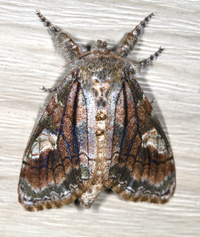
| Recorded by: Jim Petranka on 2024-08-25
Madison Co.
Comment: |
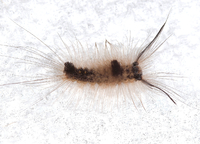
| Recorded by: Jim Petranka and Becky Elkin on 2024-08-17
Yancey Co.
Comment: Larva was feeding on a Crataegus sp. and continued to feed on Crataegus in captivity. | 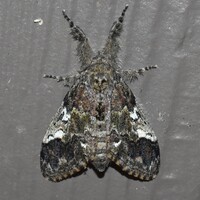
| Recorded by: David George, Jeff Niznik, Kevin Bischof on 2024-08-07
Transylvania Co.
Comment: |
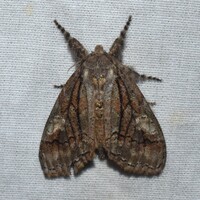
| Recorded by: David George, Jeff Niznik, Kevin Bischof on 2024-08-07
Transylvania Co.
Comment: | 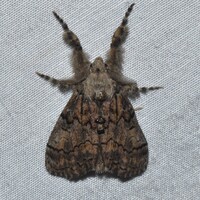
| Recorded by: David George, Jeff Niznik on 2024-08-06
Transylvania Co.
Comment: |

| Recorded by: David George, Jeff Niznik on 2024-08-06
Transylvania Co.
Comment: | 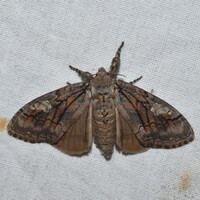
| Recorded by: David George, Jeff Niznik on 2024-08-06
Transylvania Co.
Comment: |

| Recorded by: David George, Jeff Niznik on 2024-08-05
Transylvania Co.
Comment: | 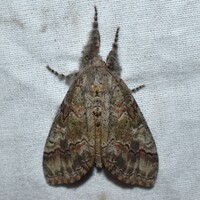
| Recorded by: David George, Jeff Niznik on 2024-08-05
Transylvania Co.
Comment: |
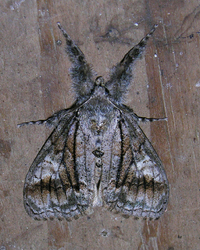
| Recorded by: Owen McConnell on 2024-08-03
Graham Co.
Comment: | 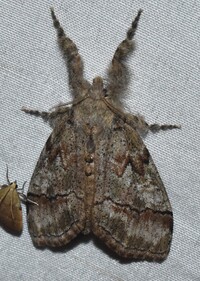
| Recorded by: Jeff Niznik on 2024-07-14
Watauga Co.
Comment: |
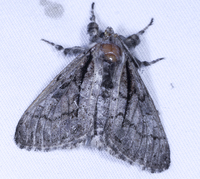
| Recorded by: John Petranka on 2024-07-11
Watauga Co.
Comment: | 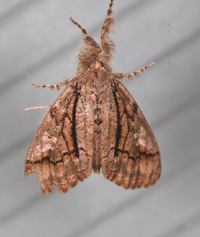
| Recorded by: Jim Petranka on 2024-07-07
Madison Co.
Comment: |
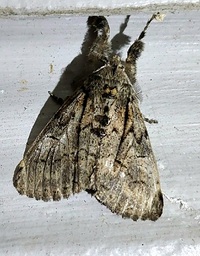
| Recorded by: Mark Basinger on 2024-06-27
Yancey Co.
Comment: | 
| Recorded by: Mark Basinger on 2024-06-23
Yancey Co.
Comment: |

| Recorded by: Owen McConnell on 2024-06-22
Graham Co.
Comment: | 
| Recorded by: Emily Stanley on 2024-06-08
Buncombe Co.
Comment: |

| Recorded by: Jim Petranka on 2023-08-14
Madison Co.
Comment: | 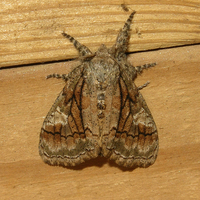
| Recorded by: Owen McConnell on 2023-08-06
Graham Co.
Comment: |
|

 »
»


